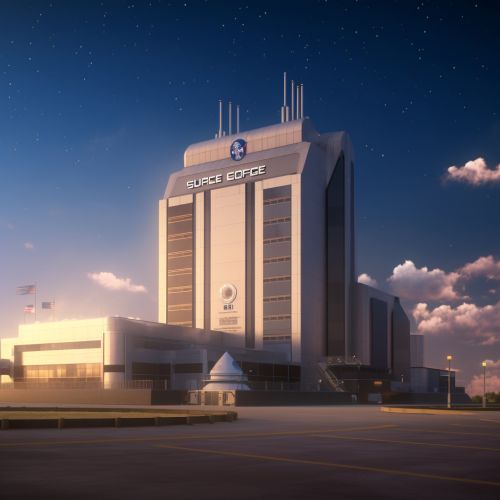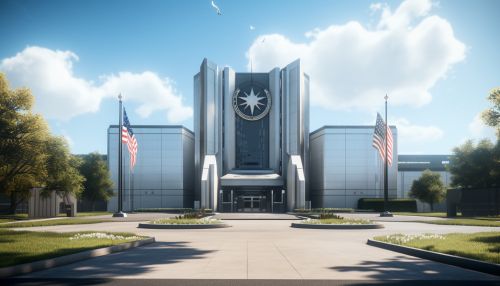United States Space Force
Establishment
The United States Space Force (USSF) is the newest branch of the United States Armed Forces. Established on December 20, 2019, it is the first new military service since the establishment of the United States Air Force in 1947. The creation of the Space Force was driven by the increasing strategic importance of space and the need to consolidate and better coordinate the U.S. military's space capabilities.
Mission and Responsibilities
The mission of the USSF is to "organize, train, and equip space forces in order to protect U.S. and allied interests in space and to provide space capabilities to the joint force." This includes the development of military space professionals, the acquisition of military space systems, the maturation of the military doctrine for space power, and the organization of space forces to present to the United States Combatant Commands.
Organization
The USSF is organized into three main components: the Space Operations Command (SpOC), the Space Systems Command (SSC), and the Space Training and Readiness Command (STARCOM). Each of these components has a distinct role in fulfilling the mission of the USSF.


Space Operations Command
The Space Operations Command is the primary force provider of space forces for the U.S. Space Force. It is responsible for the training, equipping, and organizing of space forces to support operational plans and missions for U.S. combatant commands.
Space Systems Command
The Space Systems Command is responsible for the development, acquisition, and sustainment of USSF space systems, launch systems, and satellite control networks. It oversees the research, design, and procurement of new space technologies and systems.
Space Training and Readiness Command
The Space Training and Readiness Command is responsible for the training and education of space professionals and the development of space doctrine and tactics. It ensures that the USSF has a well-trained and ready force to meet its mission requirements.
Personnel
The USSF is composed of both military and civilian personnel. Military personnel are drawn from the Air Force, Navy, and Army, and are trained in a variety of space-related disciplines. Civilian personnel provide essential support in areas such as intelligence, engineering, and logistics.
Space Capabilities
The USSF operates a range of space systems and capabilities. These include GPS satellites, missile warning satellites, communication satellites, and space surveillance systems. These systems provide critical capabilities for the U.S. military and for civilian applications.
Future Developments
The USSF is expected to play a key role in the future of U.S. national security and defense. It will continue to develop new space capabilities, improve its organizational structure, and expand its partnerships with other nations, commercial entities, and intergovernmental organizations.
